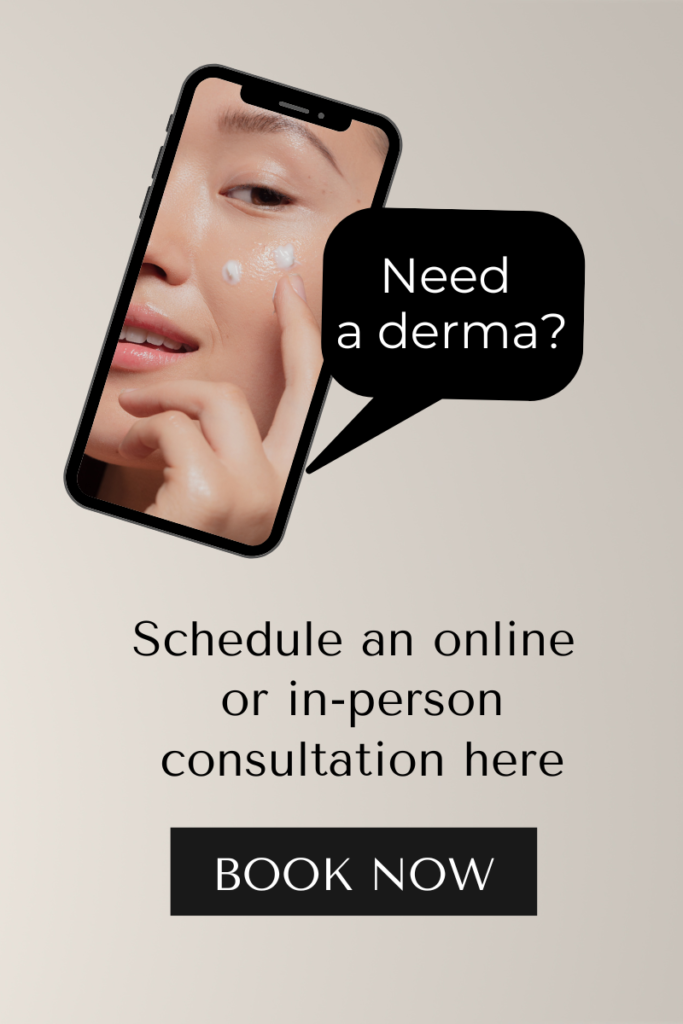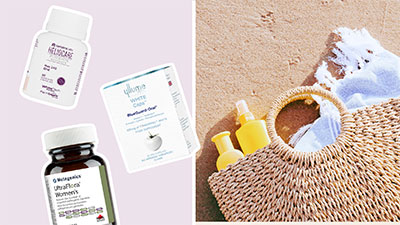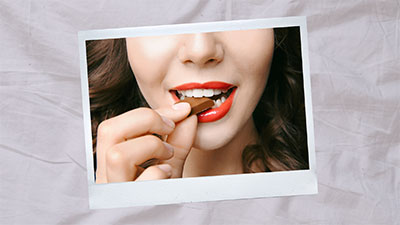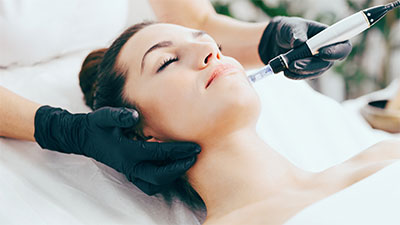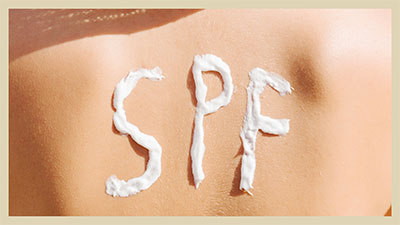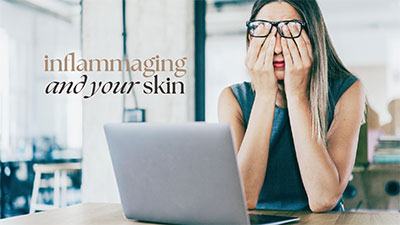Acne Scars: Can They Really Be Erased?
Modern treatments, like Rejuran S, now make it easier to treat scarring caused by pimples.

Acne scars can feel like a stubborn reminder of past breakouts, even long after the acne has cleared up. Whether your scars are shallow or deeply set, it’s normal to wonder if it’s truly possible to erase them completely. Here, we unpack what exactly causes acne scars, tried-and-tested prevention methods, and your current options when it comes to fading or erasing them.
Why Do Acne Scars Form?
Acne scars develop when inflamed acne damages the skin’s tissue. When the skin attempts to repair itself, it produces either too little or too much collagen, leading to different types of scars. According to Dr. Maximin Navarro, resident dermatologist at Bella Pelle Skin Solutions and a fellow of the Philippine Dermatological Society (PDS), acne scars are generally categorized into two main types: depressed (atrophic) scars and raised (hypertrophic or keloid) scars.
- Atrophic scars: These form when there is a loss of tissue, leading to indentations in the skin. They’re divided into three subtypes:
- Ice pick scars: Narrow and deep, resembling small, sharp punctures in the skin.
- Boxcar scars: Broader, more angular depressions with well-defined edges.
- Rolling scars: These have a wavy appearance and give the skin an uneven texture due to damage underneath the skin’s surface.
- Raised scars: These occur when the skin produces excess collagen during the healing process, causing the scar to rise above the skin’s surface.
- Hypertrophic scars: Raised but confined to the original acne lesion site.
- Keloid scars: A more severe type of raised scar that grows beyond the boundaries of the original wound and can continue to expand over time.
Can Acne Scars Be Prevented?
As with most skin issues, the best way to deal with acne scars is to prevent them from forming in the first place. Here are some essential tips to remember:
- Early acne treatment: One of the most effective ways to avoid scarring is to treat acne as early as possible. Prescription treatments like retinoids and antibiotics can help reduce inflammation and prevent breakouts from worsening. Don’t wait too long and ask a dermatologist today.
- Avoid picking at acne: Popping pimples can lead to deeper skin trauma and worsen inflammation, increasing the risk of scarring. Let the skin heal naturally or seek professional treatment for extractions.
- Use gentle skincare: Over-exfoliating or using harsh skincare products can irritate the skin and exacerbate acne. Stick to products formulated for sensitive, acne-prone skin and avoid physical scrubs.
- Wear sunscreen: UV exposure can make scars look worse by darkening them and slowing down the skin’s healing process. Daily sunscreen use is essential for preventing hyperpigmentation and promoting even skin tone.
Can Acne Scars Actually Be Erased?
Now, the big question: Can acne scars really be removed? The short answer is—not completely, but they can be significantly improved.
While some treatments may not be able to entirely erase scars, they can drastically reduce their appearance, making the skin look smoother and more even. The success of scar treatment depends on several factors, including the type of scar, skin type, and how early treatment is started.
Here’s a look at some of the most effective methods for minimizing acne scars:
- Laser resurfacing: Laser treatments, such as CO2 and fractional lasers, work by removing the damaged outer layers of skin and stimulating collagen production in the deeper layers. Over time, this can help smooth out the skin’s surface and reduce the appearance of scars.
- Microneedling: This treatment involves using fine needles to create micro-injuries in the skin, which trigger the body’s natural healing process and stimulate collagen production. Microneedling can improve both texture and the depth of atrophic scars.
- Chemical peels: Chemical peels use acids to exfoliate the top layers of the skin, encouraging cell turnover and reducing hyperpigmentation. They’re particularly useful for treating shallow scars and improving overall skin texture.
- Retinoids: Studies show that retinoids can help improve the appearance of scars, and treats active acne to prevent scarring and lessen its severity. ”These retinoids include topical tretinoin, adapalene, and oral isotretinoin,” says Dr. Navarro.
- Dermal fillers: For deeper, indented scars, dermal fillers can temporarily plump up the skin and smooth out its surface. While this treatment isn’t permanent, it offers quick results and can be repeated as needed.
How Rejuran S (Scar) Treatment Can Help
One of the newer treatments gaining attention in the field of scar therapy is Rejuran S, a targeted treatment specifically designed to improve acne scars. In case the term Rejuran is new to you: This much buzzed-about injectable treatment hails from South Korea and is known for delivering powerful skin rejuvenating benefits, thanks to salmon DNA (Read more here).
There are three variations: Rejuran H (Healer) for the face, Rejuran I for eye wrinkles, and Rejuran S specifically for acne scars.
How Rejuran S works:
- Polynucleotide (PN) technology: The treatment is powered by polynucleotides derived from salmon DNA, which have regenerative properties that promote skin healing and collagen production. By enhancing the skin’s natural repair mechanisms, Rejuran S can help fill in atrophic scars over time. .
- Boosts collagen synthesis: It is especially effective for treating atrophic scars by stimulating collagen production in the scarred area. This can help smoothen out the indentations and improve skin texture. .
- Minimally invasive: Administered through tiny injections directly into the scarred tissue, it’s a precise and targeted treatment with minimal downtime. .
- Promotes long-term results: While some improvement may be seen after the first treatment, a series of sessions is often recommended to achieve optimal results. Over time, Rejuran S helps restore the skin’s smoothness and elasticity, making scars less noticeable. .
How Much Does Rejuran S Cost?
At Bella Pelle Skin Solutions, the Rejuran S treatment starts at P15,000 per session, and is administered by board-certified dermatologist Dr. Maximin Navarro, a fellow of the Philippine Dermatological Society (PDS).
—
The reality is that while most scars can’t be entirely erased, modern treatments can significantly improve their appearance. Results may vary from person to person, though, usually affected by various factors. To find the most effective approach for your skin, it’s always best to consult with a dermatologist.
For customized skincare and wellness recommendations, you can book a face-to-face or virtual consultation with Dr. Navarro here. You may also contact the Bella Pelle Skin Solutions Clinic at (+63) 999-887-1933. For a full list of facial services and other treatments, click here.
Bella Pelle Skin Solutions is located 2/F L Building, #142 Katipunan, Brgy. Saint Ignatius, Quezon City. The center is open Monday to Friday, from 9 a.m. to 6 p.m.
For more beauty and skincare tips, subscribe to our newsletter:
SHOP OTHER PRODUCTS:
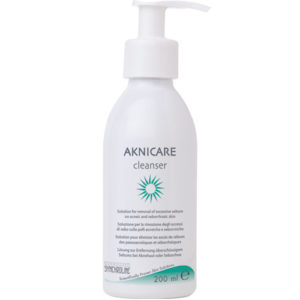 Aknicare Cleanser, P1,900 |
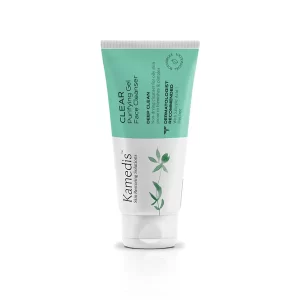 Kamedis Clear Purifying Gel Face Cleanser, P1,500 |
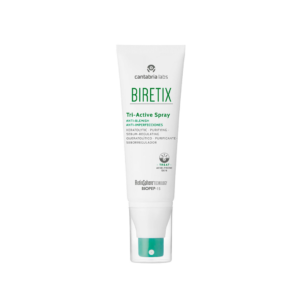 Biretix Tri-Active Spray, P1,850 |
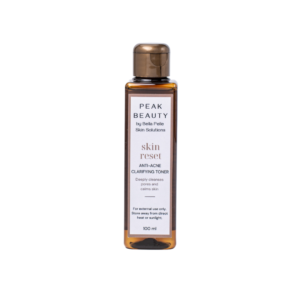 Peak Beauty Skin Reset Anti-Acne Clarifying Toner, P400 |

